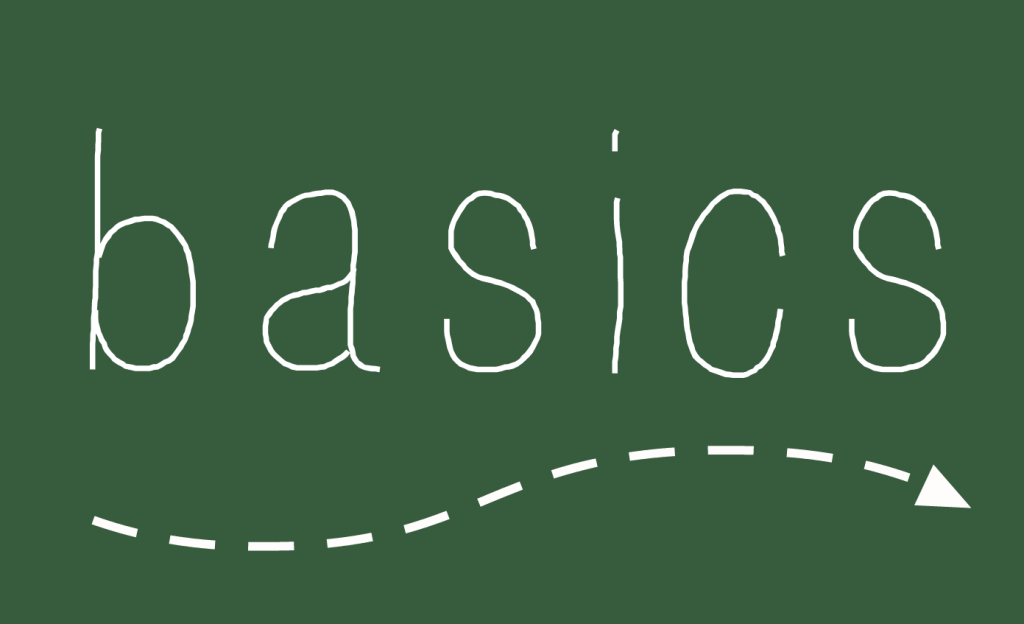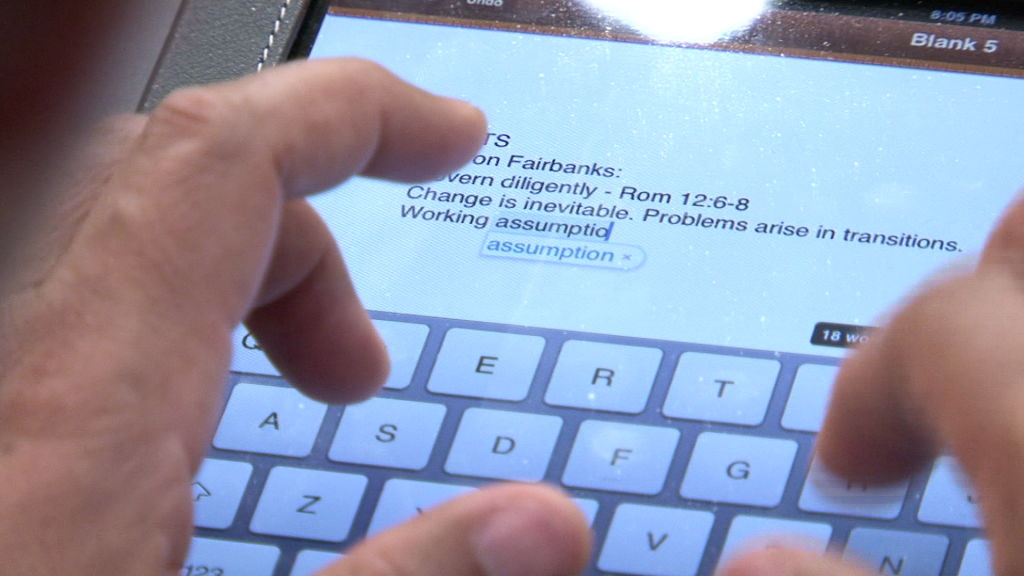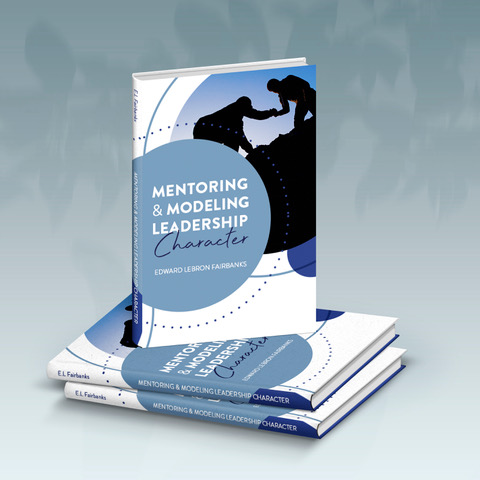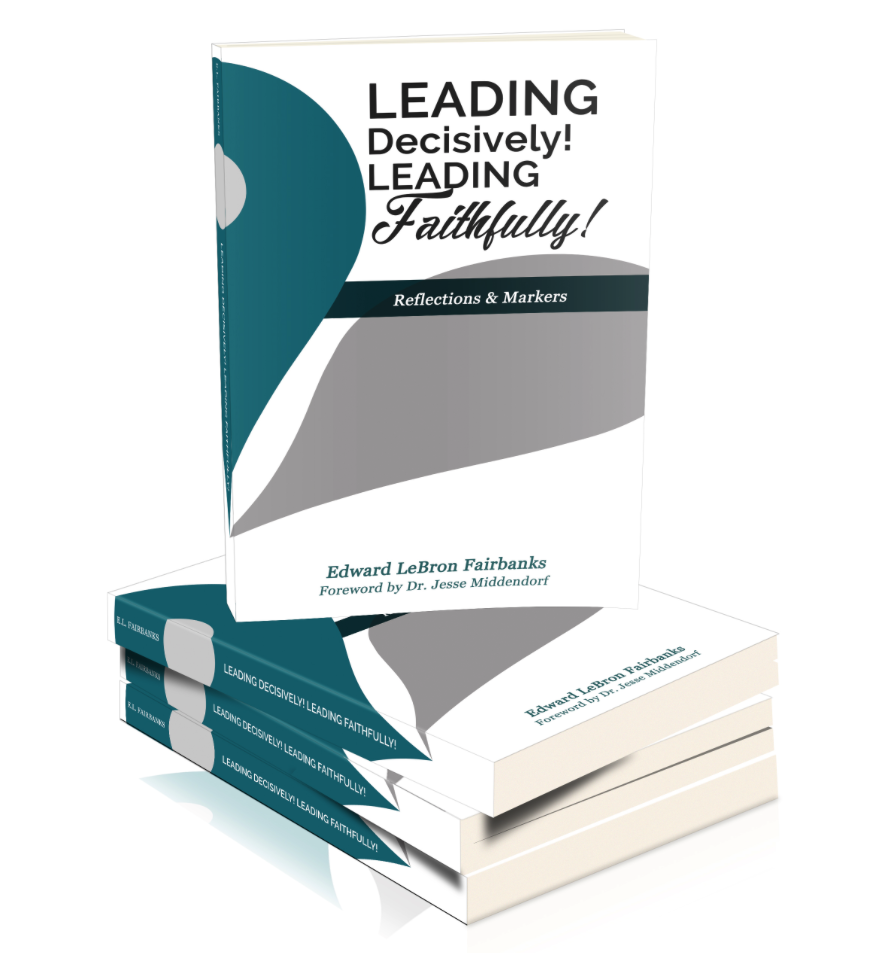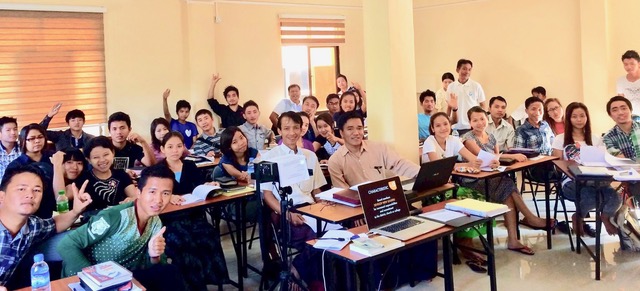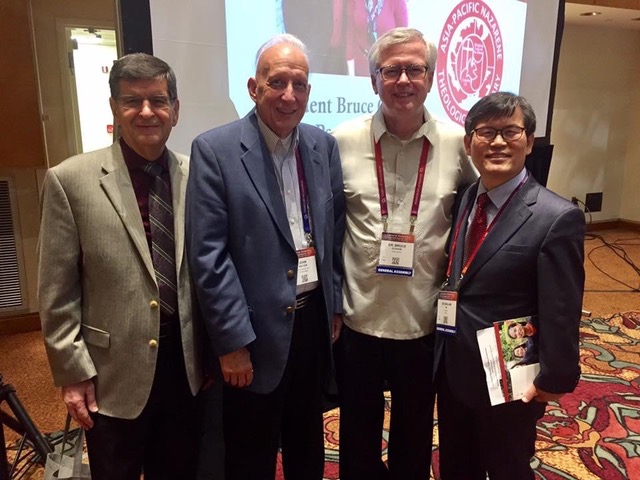What is the board’s appropriate role in raising funds for the nonprofit ministry organization, seminary, or local congregation? Raise the funds? Micromanage every penny spent in the disbursement of funds? Or to secure the best executive leadership, provide clear vision, strategic context and policy directives whereby donors who want to give major gifts are encouraged to support the nonprofit with confidence?
How can the nonprofit boards be strengthened for their appropriate role in fund development for the organization?
The following “non-negotiables” for board health outline some essentials for boards in the process of maturing in their understanding of the critical role of the board in fund development for the organization.
#1. KNOW THE BASICS: Healthy boards understand the essentials of the Board’s role, purpose and function. They focus on policy formulation and mission strategy, not on daily operations and implementation. These boards know that a governing board: (1) oversees the mission; (2) develops a shared vision; and (3) shapes the future of the organization.
Their number one responsibility is to select the best executive director or leader possible for the organization, sometimes in consultation with the membership. Their second responsibility is to ensure accountability for the organization to the government, and to the membership or moral owners of the organization.
The board also holds the leader of the organization accountability for policy faithfulness and mission strategy implementation.
#2. ASK THE ‘RIGHT’ QUESTIONS: Healthy boards nurture a culture of asking mission-driven and sustainability questions. Questions like “Who are we?” What is our mission, vision, and values? Where are we? Not a location on a map, but in the ‘lifespan’ of the organization. Where are we going (if we continue to do as we have done)? Where could we we go (with a Spirit-inspired vision and a unified board)? Why are we going ‘there’? What is our motivation for growth? How long will it take to get there? (Spiritual, human, financial resources needed? How will we know when we get there?
What has changed significantly in the community to which the board must adjust, and make appropriate transitions? What one thing, if we do not attend to this issue soon, could create serious problems for us in the near future? What fresh revenue-generating options are available to us to significantly increase revenue? For instance, how can the National Development Institute’s Major Gifts Ramp Up model for fund development impact our organization?
#3. COMMUNICATE IN CONFLICT SITUATIONS WITH CIVILITY: Collisions occur over vision, values, traditions, plans, programs and…! Healthy and maturing board members vigorously discuss policy options and make decisions within board meetings.
Once decisions are made, they communicate the board action outside of board meeting with unified support. No “minority” reports provided. Confidential conversations are kept confidential.
Acceptance of board decisions is a given. Mature board members do what they say they will do, and not do. It is in conflict situations that we reflect our character. Our responses characterize us at our best, and convict us at our worse.
#4. EMBRACE ASSESSMENT OF PRIOR BOARD DECISIONS IN LIGHT OF PRESENT REALITIES. Healthy boards review and revise, as necessary, decision-making in shaping financial and organizational development strategies. Some organizational leaders tend to believe that they must have the “plan” for a new fund development program “perfect” before they present it to their boards. Then, when “fresh” eyes look at the plan and see gaps, weakness or big questions unanswered, the leader is offended as if to say, “How can you say that! You have just seen it, and I have worked weeks (or months) on this plan!”
Over the years I have come to see that it is wise to bring my very best thoughts and plans to the board (or committee) and seek their involvement in the further development of the plan. Indeed, the plan will most likely be changed, but it will also be improved.
Something else happens in this process. As board members participate in revising the final plan, they develop an increasing sense of ownership of the plan, and what moves forth is embraced and “owned” by the board.
Meaningful planning models place the “review and revise” planning component in the center of the process, so that it is always appropriate to secure feedback as the leader seeks to state or clarify the mission of the organization, assess the situation, develop appropriate goals, and development an implementation strategy. Healthy boards do not hesitate to review policies, plans and programs of the past, including fund development programs, that perhaps worked in years gone by, but not today.
Don’t be paralyzed or frozen regarding current places or programs that need to be revised and revised in order to move to an new level of organizational effectiveness and sustainability.

#5. CONNECT BOARD DECISION-MAKING TO CAPACITY BUILDING AND ORGANIZATIONAL SUSTAINABILITY. Map a compelling CASE FOR SUPPORT through forward-looking board policies. An up-to-date policy Manual clearly states in an organized and understandable way the board-approved policies for effective legal, financial, and policy governance process and procedures of the organization. It keeps the board from “knee-jerk” reactions, erratic and inconsistent actions and poor decision-making strategies. A current Policy Manual or Organization Handbook includes board policies and procedures and is provided to every board member. It is updated, as necessary, after each board meeting. These documents need not be burdensome or lengthy. Usually from four to fifteen pages.
New boards can begin by developing an appropriate set of by-laws. Older boards can insure that the by-laws are up to date. Once the bylaws are up to date, begin to collect the board policies in an organized manner.
Money follows a well articulated and thoughtfully prepared vision and plans. People also give to organizations where integrity, credibility, honesty, stewardship, consistency and communication are more than slogans or tag lines of the organization.
Rather, the board lives out these qualities in and through their decision-making for the organization. Decisions are made with a laser-beam commitment to the organization’s mission, vision and values. Donors view these decisions as forward-looking, value-defining, facilitating and mission-driven. They feel motivated and encouraged toward major gifting to an organization governed by a healthy and maturing board.
I welcome your comments or questions. Contact me at: lfairbanks@boardserve.org. Board health consultation available.
Edward LeBron Fairbanks
lfairbanks@boardserve.org
BoardServe.org founder and director
www.boardserve.org
copyright pending


